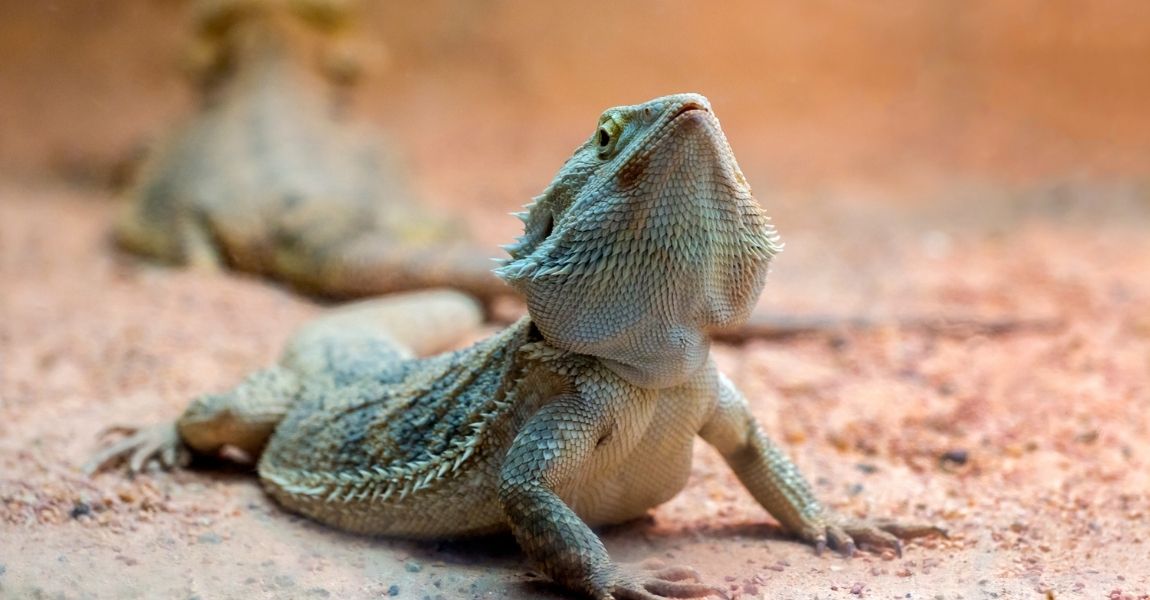Introduction:
In the realm of exotic and fascinating creatures, the Sugar Glider, scientifically known as Petaurus breviceps, reigns as an adorable and captivating small marsupial. Originating from the forests of Australia, these tiny creatures have captured the hearts of animal lovers around the world. In this blog post, we will delve into the enchanting world of Sugar Gliders, exploring their unique features, natural habitat, behavior, and care as pets.
Physical Characteristics:
Sugar Gliders are small, nocturnal marsupials with a body length of about 6 to 7 inches (15 to 18 cm) and a tail that can reach up to 6 to 7 inches (15 to 18 cm) as well. Their most distinctive feature is the patagium, a flap of skin between their wrists and ankles, which enables them to glide effortlessly through the air, resembling tiny flying squirrels. They are adorned with soft, fluffy fur, typically in shades of gray, cream, and brown, while their large, dark eyes contribute to their adorable appearance.
Natural Habitat:
Native to the forests of Australia, Sugar Gliders are found in various regions, including Queensland, New South Wales, Victoria, and Tasmania. They are arboreal creatures, meaning they spend most of their lives in trees, where they use their gliding ability to navigate between them. These forests provide them with a diverse range of food sources, including nectar, pollen, fruits, insects, and tree sap.
Behavior and Social Structure:
Sugar Gliders are highly social animals, living in small family groups or colonies. They communicate through a combination of vocalizations, body language, and scent marking. Gliding plays a crucial role in their behavior, allowing them to travel efficiently, find food, and escape predators. They are agile and acrobatic climbers, using their sharp claws to grip onto tree trunks and branches.
Diet and Feeding Habits:
Sugar Gliders have a unique dietary preference. While their name suggests a sweet tooth, their diet mainly consists of nectar, pollen, and the sap of eucalyptus and acacia trees. They also consume a variety of fruits, insects, and even small vertebrates. In captivity, it is essential to replicate their natural diet by providing a balanced mix of fruits, vegetables, protein sources, and specialized glider food available commercially.
Sugar Gliders as Pets:
Due to their adorable appearance and fascinating behavior, Sugar Gliders have become popular pets in some regions. However, it's important to note that they require specific care and attention to thrive in captivity. They are social animals and should ideally be kept in pairs or small groups to ensure their emotional well-being. Providing a spacious enclosure with climbing opportunities, suitable diet, mental stimulation, and regular veterinary care are essential for their health and happiness as pets.
Conclusion:
The Sugar Glider, or Petaurus breviceps, with its endearing appearance and unique gliding abilities, holds a special place in the hearts of animal enthusiasts. As inhabitants of the Australian forests, they contribute to the ecological balance through their feeding habits and role as pollinators. While they can be captivating pets, it is crucial to understand their specific needs and provide appropriate care to ensure their well-being. By appreciating and respecting these enchanting creatures, we can continue to marvel at their extraordinary adaptations and play our part in conserving their natural habitats for future generations to appreciate the wonders of the Sugar Gliders in the wild.







